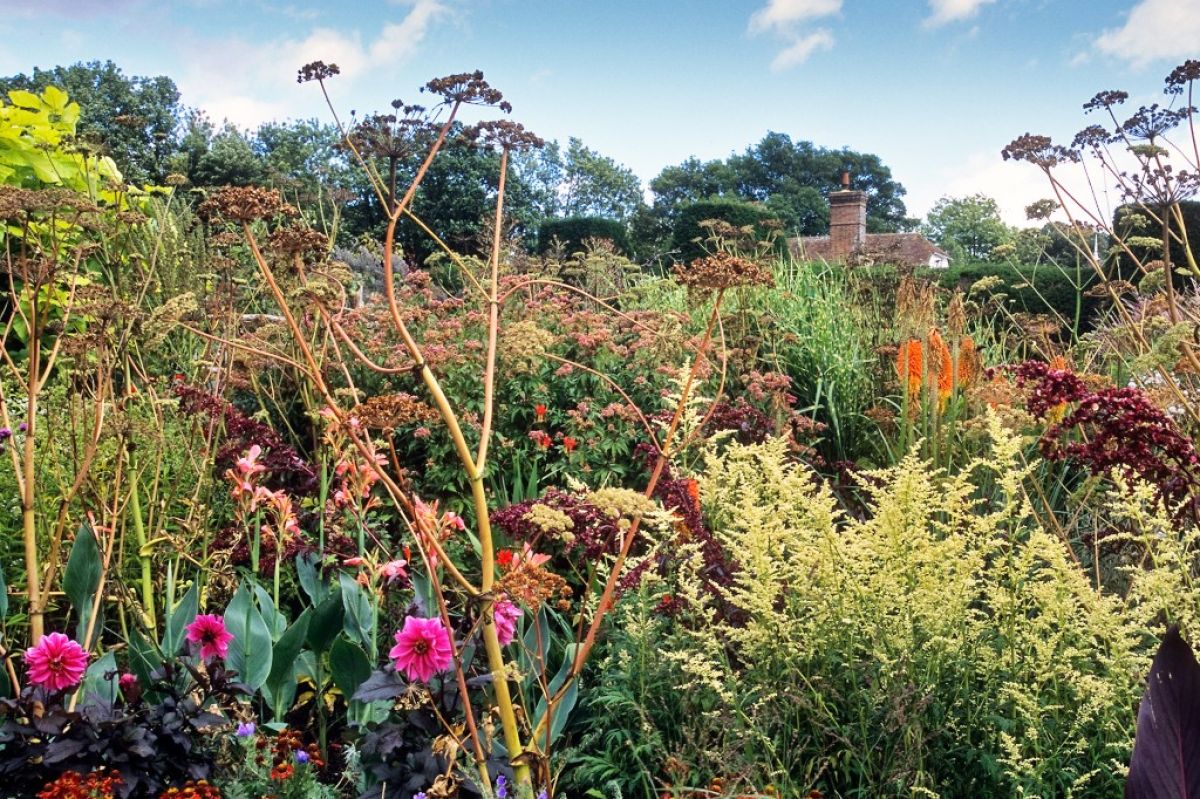In the spring, most of us buy more flowering plants than we need, almost as if, God forbid, we think we won’t have enough. We always want one of everything we see, but we read that you have to have three of everything, to avoid a line-up of singletons. How, then, do we avoid a messy medley of too many plants creating chaos in the garden?
I can tell you from experience that it isn’t easy! The experts, however, offer some hints to those of us likely to crowd our beds.
Smallest in front, medium height in the middle, tallest in the back, if your bed is in front of a wall, fence, or other backdrop. This “stepping down” approach lets the plants flow into each other, but also be visible.
Or another approach is to mass similar smaller specimens together, like furniture in a room, and intermittently place one large single specimen, like a boxwood to add some height. For example, a number of the same-colored flowers, such as five Dianthus, alternated with a group of five silvery non-blooming lamb’s ears, repeated along the bed.
You can even do this with a variety of different annuals of the same size as long as you coordinate or repeat the color scheme.
If you use perennials, for example, short yellow coreopsis plants alternating with groups of blue salvias interspersed with occasional pink miniature spirea shrubs. Since the perennials bloom at different times, you may also add a few repeated annuals intermittently.
Another trick is to harmonize and repeat the foliage colors to tie a bed together. For example, repeat some coral bells with harmonizing maroon and chartreuse foliage.
And don’t forget the time-honored clipped evergreen edges and hedges, which are organizing tricks par excellence.
This is Moya Andrews, and today we focused on avoiding chaos.










